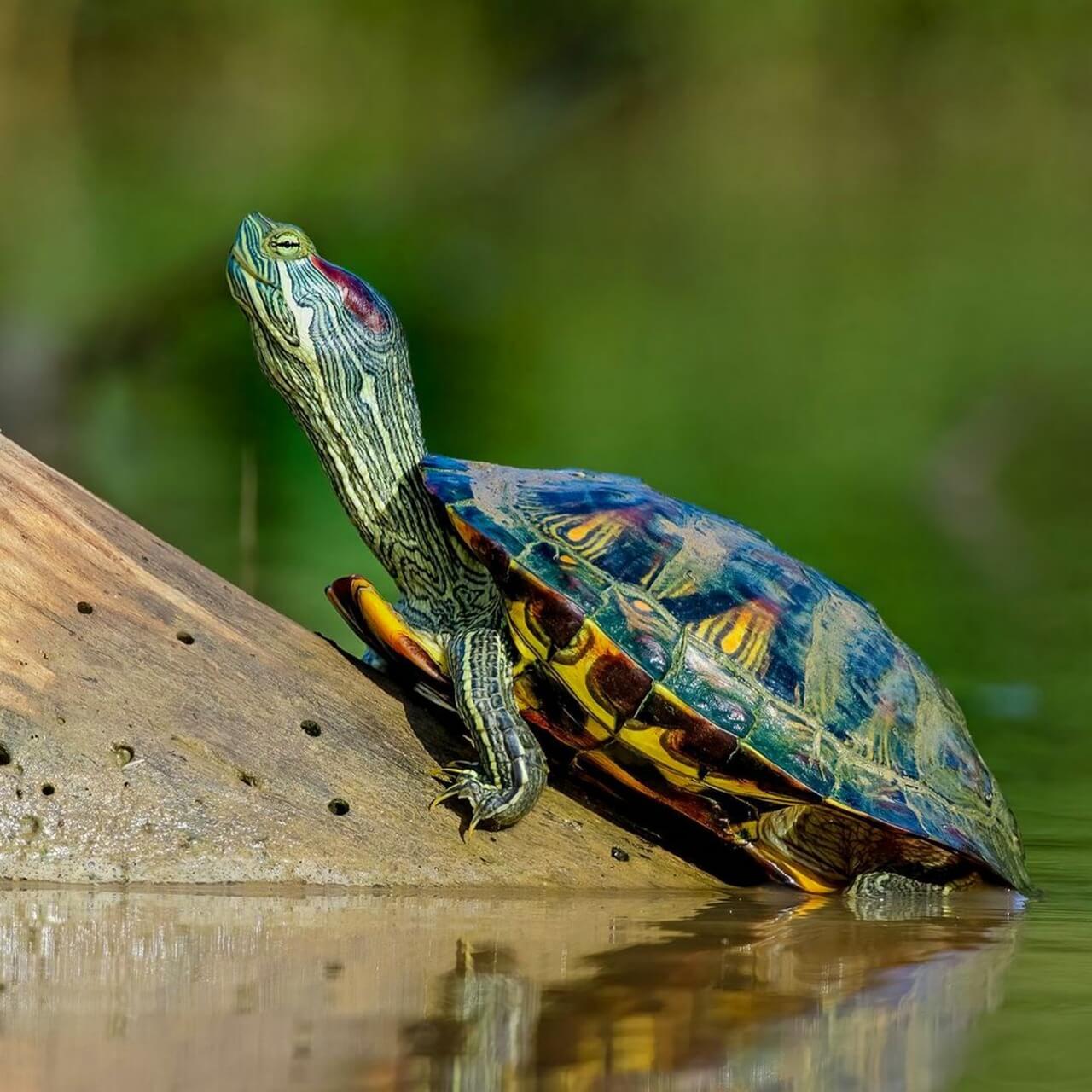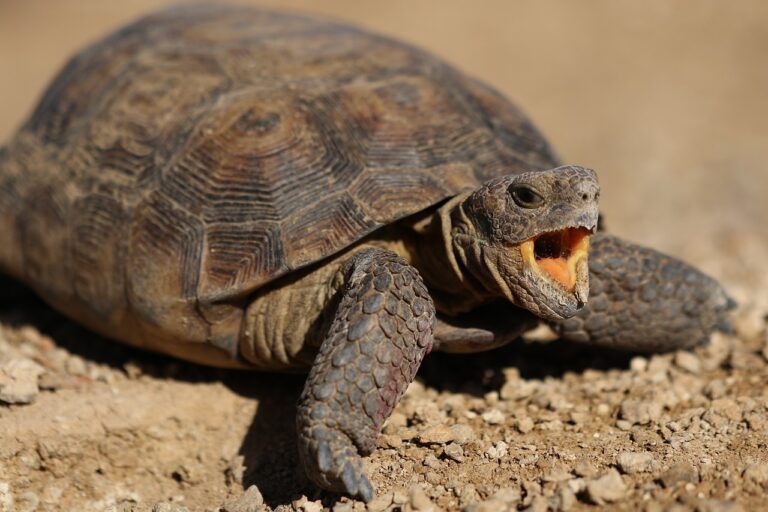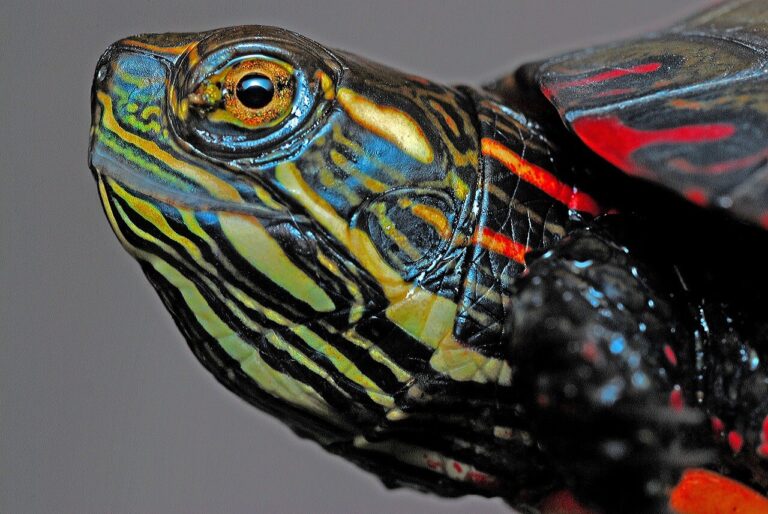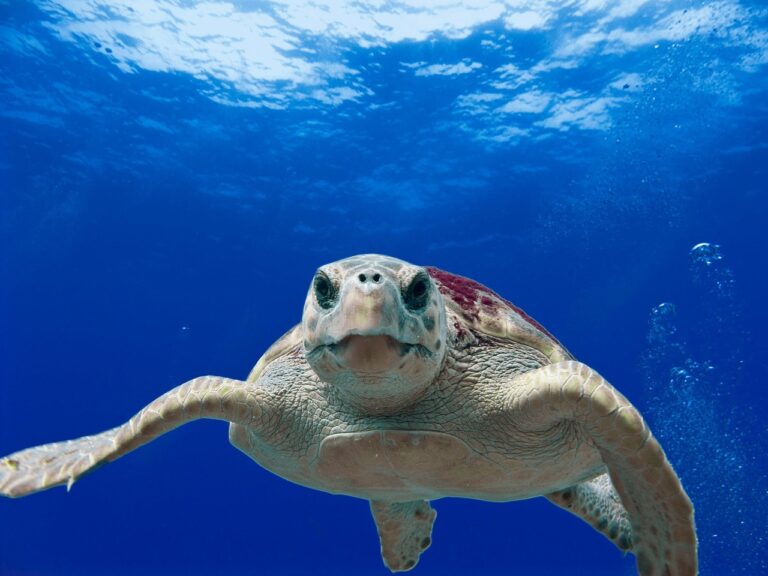In the world of home aquarium enthusiasts, few creatures capture the imagination quite like the slider turtle. These remarkable reptiles, known scientifically as Trachemys scripta, have earned their place as beloved aquatic pets for their striking appearance and intriguing behavior. In this comprehensive guide, we will explore everything you need to know about slider turtles, from their taxonomy and physical characteristics to their habitat, behavior, and conservation status. Join us on this educational journey into the captivating world of slider turtles.
Taxonomy and Classification
Kingdom: Animalia
Phylum: Chordata
Class: Reptilia
Order: Testudines
Family: Emydidae
Genus: Trachemys
Species: Trachemys scripta
Slider turtles belong to the Emydidae family, which includes various other species of aquatic and semi-aquatic turtles. Some closely related subspecies of Trachemys scripta include the red-eared slider (Trachemys scripta elegans) and the yellow-bellied slider (Trachemys scripta scripta). These turtles are primarily distinguished by their distinctive markings and coloration.
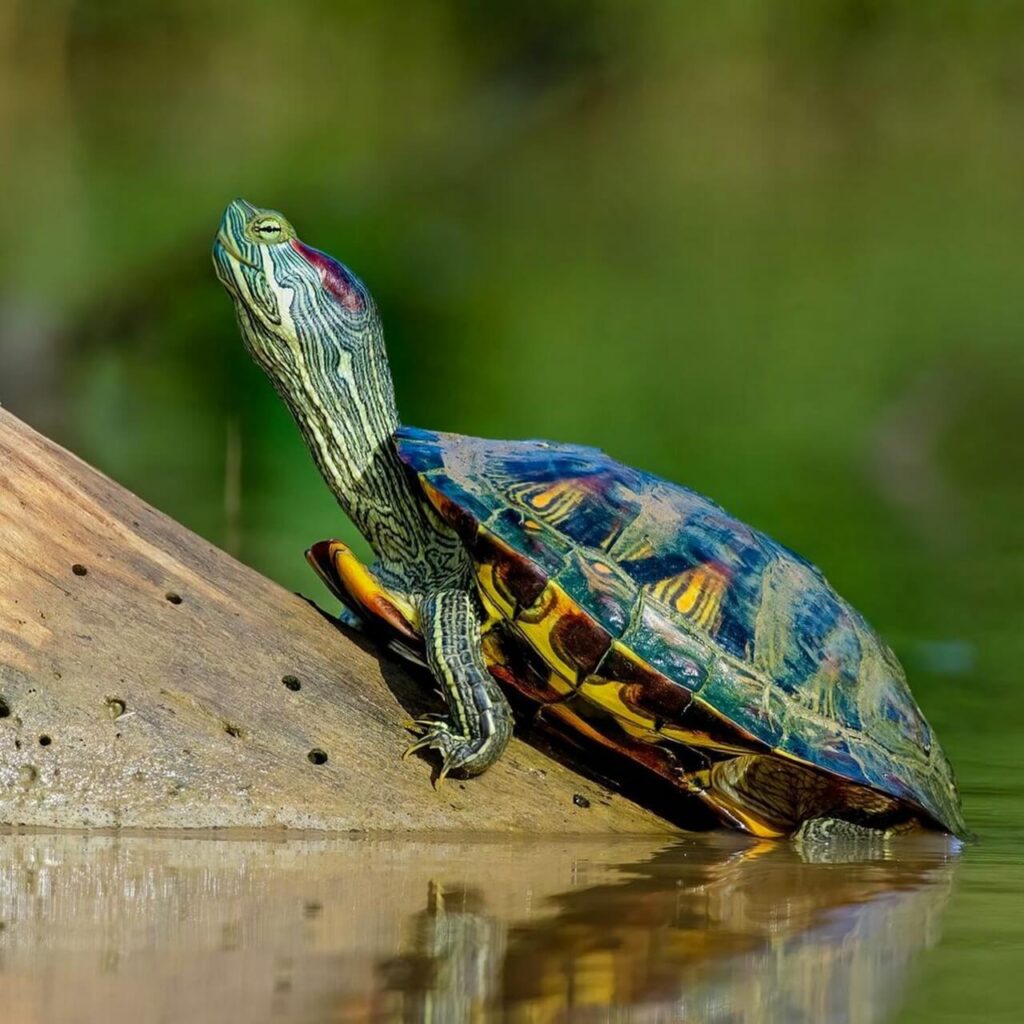
Description
Slider turtles are known for their striking appearance. They typically have an olive to dark green carapace (the upper shell), which can range from 5 to 8 inches in length. The carapace is characterized by a distinctive pattern of yellow stripes or markings. Their plastron (the lower shell) is typically yellow with dark spots.
One of the most recognizable features of the slider turtle is the bright red or orange patch just behind each eye, which gives rise to the common name “red-eared slider.” However, it’s essential to note that not all slider turtles exhibit this red ear marking, and there can be variations among individuals.
Sexual dimorphism is present in slider turtles, with females generally being larger than males. Adult females can reach up to 12 inches in length, while males typically max out at 6 to 8 inches.
Habitat and Range
Slider turtles are native to North America and can be found in various freshwater habitats across the continent. Their natural range extends from the southeastern United States, including states like Mississippi, Alabama, and Georgia, all the way to the Midwest and parts of the Northeast.
These turtles are highly adaptable and can thrive in a variety of aquatic environments, including ponds, lakes, rivers, and slow-moving streams. They are most commonly associated with freshwater habitats but are also known to venture into brackish waters.
Behavior and Diet
Slider turtles are primarily diurnal, which means they are active during the day. They are often found basking on rocks, logs, or other surfaces near the water’s edge. Basking serves a crucial role in regulating their body temperature.
In terms of behavior, slider turtles can be both solitary and social. They are known to bask communally, especially in areas with limited basking spots. However, when it comes to feeding, they tend to be more territorial.
As for their diet, slider turtles are omnivorous, with a preference for aquatic vegetation, insects, small fish, and aquatic invertebrates. In captivity, it’s essential to provide a well-balanced diet that mimics their natural food sources to ensure their health and longevity.
Reproduction and Life Cycle
Slider turtles exhibit interesting reproductive behaviors. Mating typically occurs in the water, where males will court females by swimming around them and gently nipping at their limbs or shells. Once mating is successful, females will seek out suitable nesting sites on land.
They lay their eggs in holes dug in sandy or loose soil. The number of eggs per clutch can vary but often ranges from 5 to 15 eggs. Incubation periods can also vary, depending on temperature and other environmental factors, but generally last around 60 to 90 days.
Hatchlings are incredibly small, measuring only about 1 to 1.5 inches in length. They are highly vulnerable to predators during this stage, and their survival rate can be relatively low.
Conservation Status
The conservation status of slider turtles varies depending on the specific subspecies and regions. While some populations may be stable, others are facing significant threats, primarily due to habitat destruction, pollution, and the pet trade.
According to the International Union for Conservation of Nature (IUCN), some subspecies, such as the red-eared slider (Trachemys scripta elegans), are listed as “Least Concern.” However, this status can be misleading, as it doesn’t account for local or regional declines.
Slider turtles are often kept as pets, and the demand for them in the pet trade can have detrimental effects on wild populations. It’s crucial for potential pet owners to consider the ethical aspects of acquiring slider turtles and to support responsible breeding practices.
Significance and Importance
Slider turtles play a vital ecological role in their native habitats. They help control populations of aquatic plants and small invertebrates, contributing to the balance of local ecosystems. Additionally, they serve as indicators of ecosystem health, with declines in their populations often reflecting broader environmental issues.
Culturally, slider turtles have captured the hearts of many as popular pets. However, it’s essential for owners to provide them with appropriate care and living conditions to ensure their well-being.
Interesting Facts
- Slider turtles are excellent swimmers and can be surprisingly agile when hunting for food underwater.
- They are known for their ability to retract their head and limbs into their shell for protection.
- Slider turtles have been introduced to various parts of the world due to the pet trade, sometimes becoming invasive species in new environments.
- These turtles have a lifespan of up to 20 to 30 years in captivity when provided with proper care.
Protection and Conservation Efforts
Conservation efforts for slider turtles focus on habitat preservation, pollution control, and responsible pet ownership. Organizations like the Turtle Survival Alliance work tirelessly to protect these turtles and their habitats.
Individuals can contribute to conservation by supporting organizations dedicated to turtle protection, adopting ethical practices when acquiring slider turtles as pets, and advocating for legislation that safeguards these reptiles and their habitats.
Conclusion
The slider turtle, with its distinctive appearance and intriguing behaviors, is a captivating species that deserves our attention and protection. Understanding their taxonomy, habitat, behavior, and conservation status is essential for anyone interested in these remarkable reptiles. By promoting responsible pet ownership and conservation efforts, we can help ensure the continued survival of slider turtles in the wild and their enjoyment as beloved pets.
References
- Turtle Conservation Alliance. (n.d.). https://www.turtleconservationalliance.org/
- U.S. Fish and Wildlife Service. (n.d.). Red-Eared Slider Turtle. https://www.fws.gov/southeast/wildlife/reptile/red-eared-slider-turtle/
